3Rd. Longshan Environmental Technology Park, Zhangqiu District, JiNan, Shandong, China [email protected]
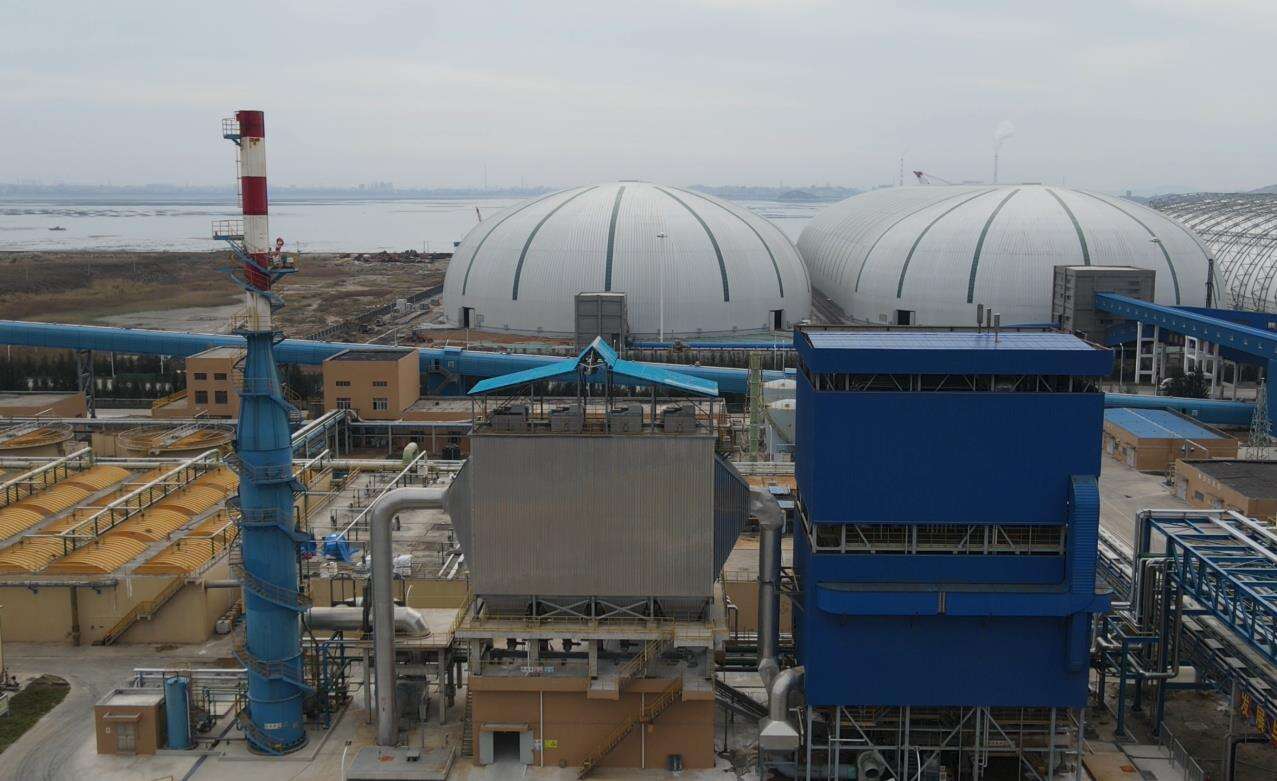
Maximizing Energy Output from Organic Fuel Sources Biomass boilers have emerged as highly efficient solutions for converting organic materials into usable heat energy while minimizing waste. These specialized systems achieve superior fuel efficiency...
VIEW MORE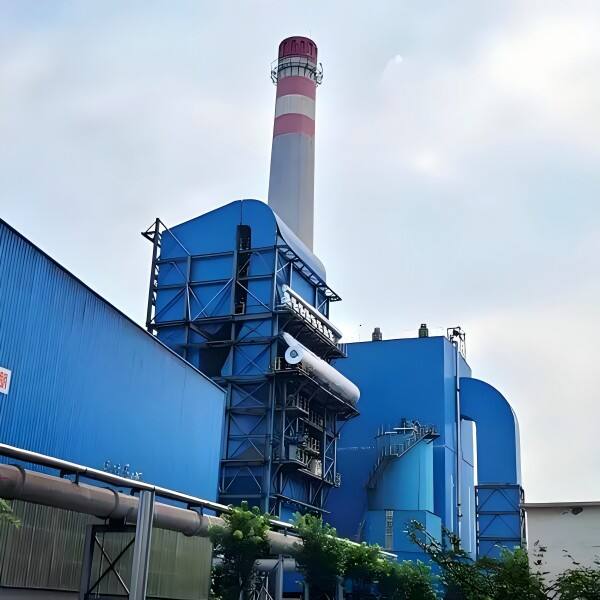
The Transformative Impact of Advanced Emissions Control Technology Selective catalytic reduction has revolutionized industrial emissions management by providing an exceptionally effective method for reducing harmful nitrogen oxides (NOx) from exhaus...
VIEW MORE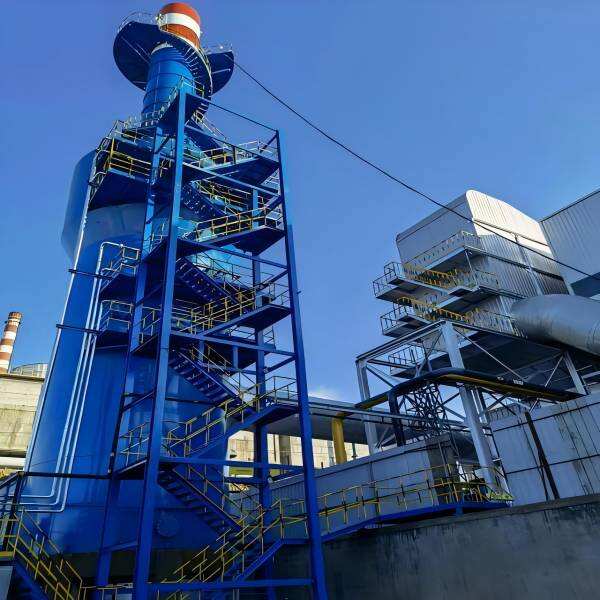
The Critical Role of Selective Catalytic Reduction in Modern Power Generation Power plants worldwide face mounting challenges to meet increasingly stringent environmental regulations while maintaining operational efficiency. Selective catalytic redu...
VIEW MORE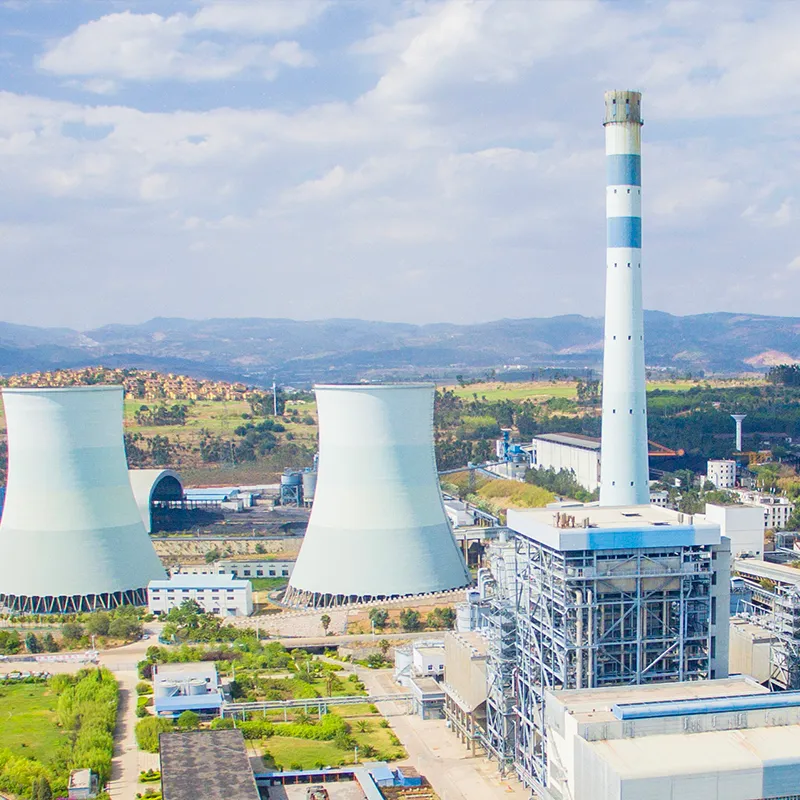
Advancing Toward Cleaner Industrial Energy The growing demand for clean energy has driven industries to adopt more sustainable and effective pollution control technologies. One such innovation is the flue gas desulfurization process, which plays a pi...
VIEW MORE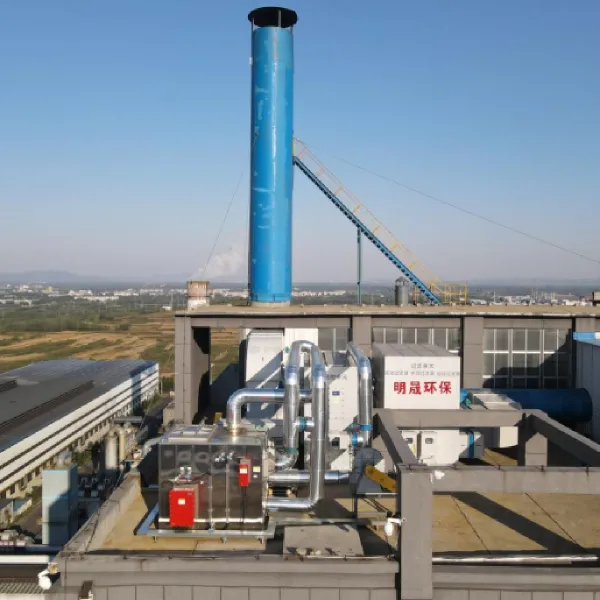
Choosing Effective Desulfurization Strategies for Cleaner Industry In today's industrial landscape, controlling emissions has become a crucial component of operational responsibility and regulatory compliance. Among the various technologies available...
VIEW MORE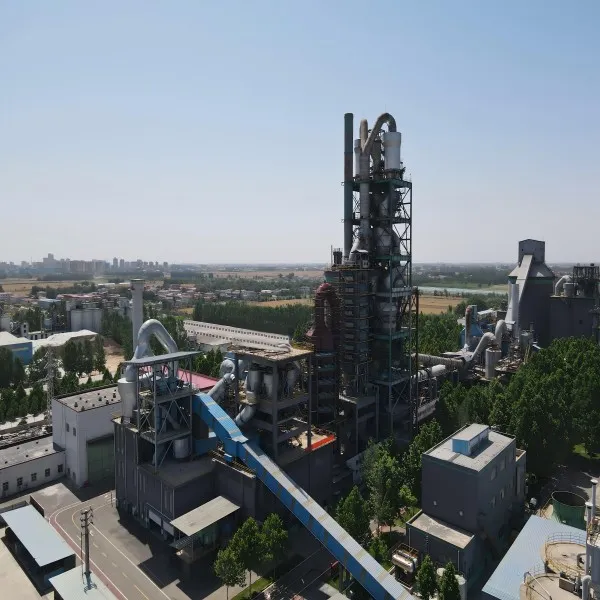
Meeting Emission Standards Through Technological Innovation With global awareness of environmental protection at an all-time high, industries face increasing pressure to reduce harmful emissions and adopt cleaner technologies. Among the many tools av...
VIEW MORE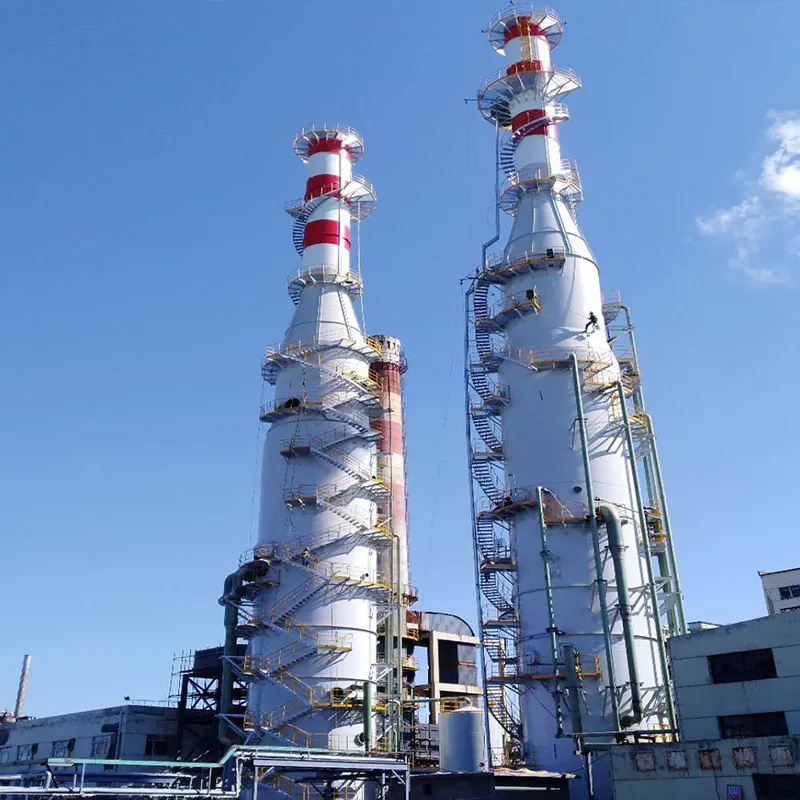
Combating Air Pollution Through Effective Emission Control Industrialization has brought progress and economic growth, but it has also introduced significant environmental challenges. Among the most pressing is air pollution caused by the emission of...
VIEW MORE
Creating a Cleaner and Safer Industrial Environment In modern industrial operations, ensuring a clean working environment is more than just about compliance—it’s essential for safety, efficiency, and equipment longevity. Among the various...
VIEW MORE
Reducing Environmental Impact Through Pyrolysis Diverting Millions of Tons from Landfills Annually Pyrolysis is the perfect technology to prevent this waste filling up the world’s landfills as we can convert almost any waste that can be b...
VIEW MORE
The High Cost of Non-Compliance in Industrial Emissions Regulatory Fines and Operational Shutdown Risks Industrial emissions are subject to regulatory compliance which is of paramount importance, and governed by bodies such as the U.S. EPA and ...
VIEW MORE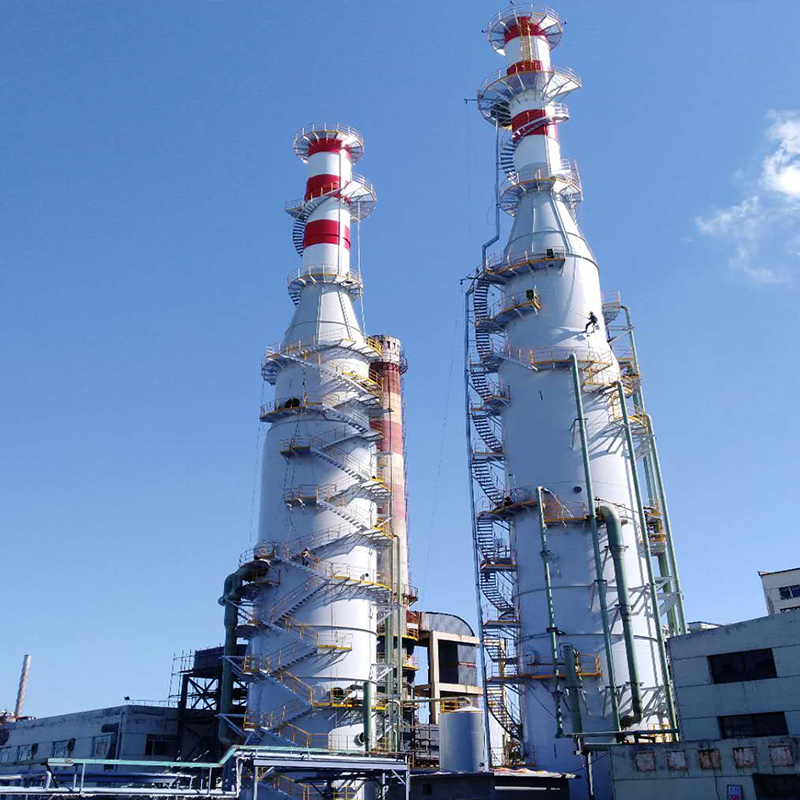
The Critical Role of Gas Desulfurization in Oil Refining Ensuring Premium Fuel Quality Through Sulfur Removal Desulfurization of gases is essential for the production of clean fuels, which are demanded by increasingly strict environmental stand...
VIEW MORE
The Science Behind Gas Desulfurization Chemical Reactions in Sulfur Removal There are several principal chemical reactions for the removal of sulfur from gas. Most importantly, these are oxidation, reduction, and hydrolysis, which all play an&...
VIEW MORE